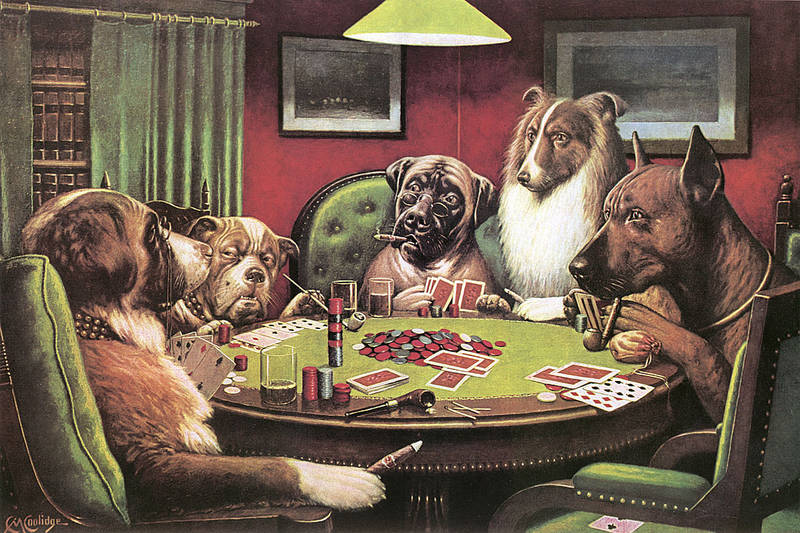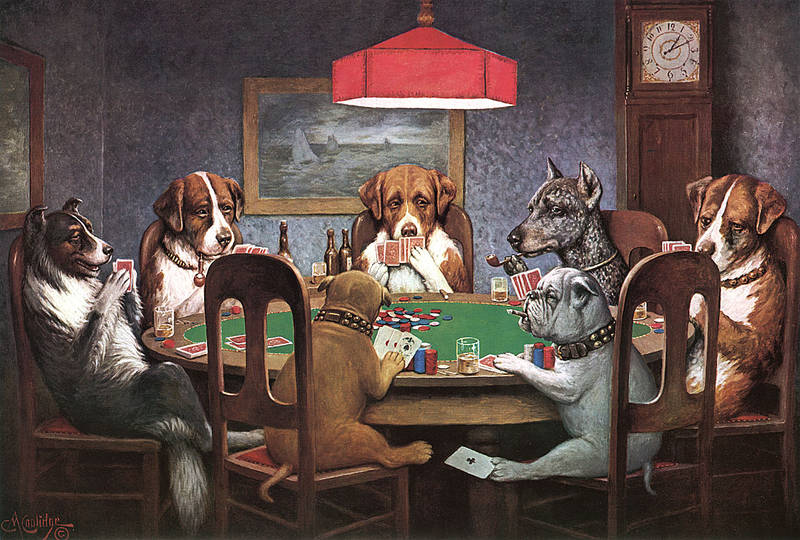Born in 1844, Cassius Marcellus Coolidge had no formal art education, but in spite of this, he was selling his drawings to various magazines by 1864, when he was just 20 years old. Many of his artworks are signed “Kash”, which was one of his childhood nicknames, because his full signature was unintelligible. As an adult, Coolidge worked in many different jobs, including working as a banker, pharmacist and newspaper publisher. Coolidge even tried his hand at live presentations and appearances, which were very hit or miss. But his true passion lay with art, and he took many trips across America and Europe to draw the various sights and develop his skill.
He was in high demand as an illustrator, especially for children’s books with animals. Coolidge was known for his ability to take a sketch of an elephant walking up a hill and turn it into a masterpiece, with movement, strength and rhythm. He could create dramatic images of a tiger readying to spring by simply bristling the tigers fur in a certain manner.

At some point in his career, Coolidge took an interest in painting humanized dogs in typical human situations. He painted large and small dogs in courtrooms, at poker tables, and even did a painting of dogs on a football field. In 1893, a New York Sun article mentioned Coolidge’s picture with three large dogs playing poker. Just over ten years later, Coolidge was commissioned by Brown & Bigelow for their new cigar campaign.
Within a few years, the poker dogs pictures had gained a great deal of popularity, and were being offered as a set of prints named “Life in Dogville,” which came free with every purchase of 50 10-cent cigars from Cohen & Baker Cigar Co. Shortly after their debut on the cigar market, one of Coolidge’s original dog paintings sold for $3,000, which is roughly $75,000 nowadays.
The Dogs Playing Poker series refers to the collective group of Coolidge’s dog paintings, including his original 1894 painting, the 16 oil paintings that were commissioned in 1903 by Brown & Bigelow, and an additional 1910 painting he did. All eighteen of these paintings feature humanized dogs; however, only eleven of the paintings include dogs playing poker around a card table. These eleven pictures are the most well-known pictures, and are strongly associated with the home decoration of the working middle class population.

Brown & Bigelow still exist today and still sell Coolidge prints online. But after a chance encounter with Coolidge’s daughter, Marcella, a collector claimed a portion of Coolidge’s portfolio, which was dismissed by Marcella as her father’s junk. 40 years after Coolidge’s death, art historian Carla Davidson wrote an article about Coolidge in American Heritage, which sparked people to question the meaning behind each picture. Some believe the pictures are a commentary on the upper class; while other believe it is satire surrounding sexism and men in general.
In February 2005, the original paintings of Waterloo and A Bold Bluff sold as a pair at an auction for $590,400. In November 2015, Coolidge’s first painting, the 1894 Poker Game sold for $658,000 at a Sotheby’s sale in New York.



